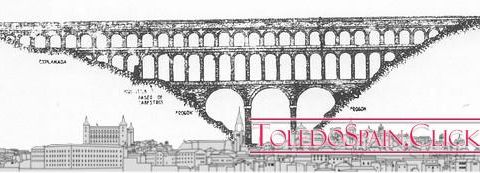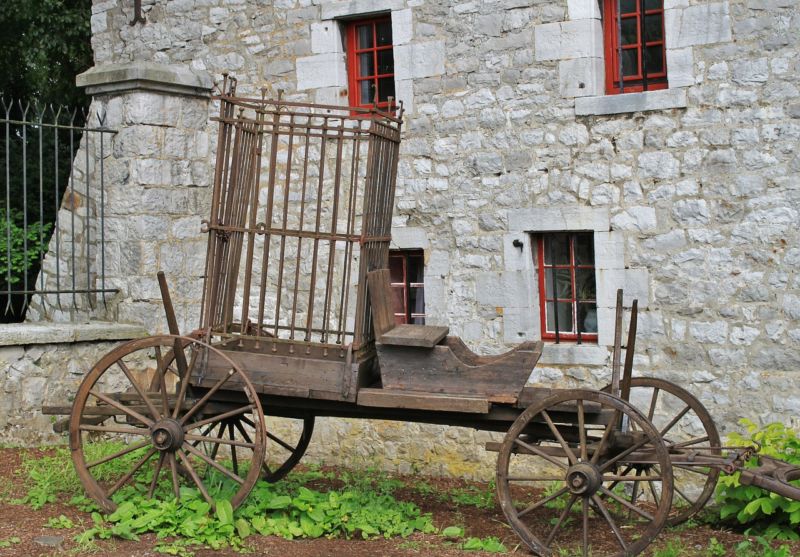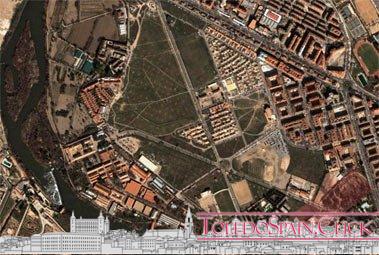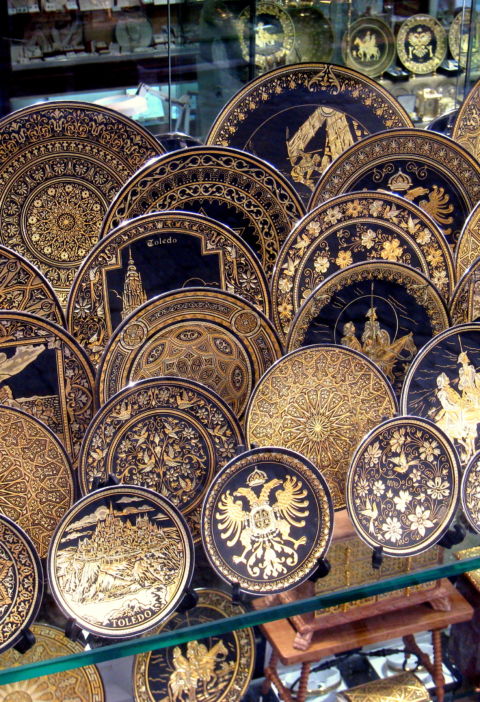Toledo had a monumental importance in Roman times that is beyond any doubt: the great circus, aqueduct, a theatre, carriageways…
Probably many Roman remains are still hidden under the current buildings, waiting for someone to return part of the splendour they once had, as has happened with Thermae: the Roman baths of Toledo.
On many other occasions we have praised the work being carried out by the Toledo Consortium to bring to light the disappeared Toledo, hidden behind the current monuments and buildings that make up the complex city of Toledo, as well as to conserve the enormous monumental heritage of the City of Three Cultures, especially with regard to archaeological work and the financing thereof.
In this occasion we will refer to a curious space of Toletum Roman that was recovered from 2017 by archaeologists and at present can be visited in part: the Roman baths of Toledo.
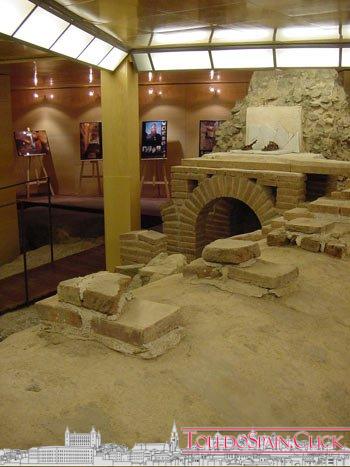
Today it is a subterranean space located in the Plaza Amador de los Ríos, cut up like a great subterranean puzzle and that develops in an extension of about 2300 square meters under the mentioned plaza and the different housings located in the zone, under the Oratory of San Felipe Neri and it extends until subterranean dependencies under the delegation of Treasury located next to the Church of the Jesuits.
A very significant extension that allows us to have an idea of the monumentality of these thermal baths of which we only conserve accessible a small part.
Index of Contents
Thermae: the Roman baths of Toledo, eight metres away
In an article published in July 2018, the Consortium announced the valorisation of the Roman and medieval remains of the underground gallery located in Amador de los Ríos in works that lasted 19 months.
The space, called “Thermae “is part of the remains of Roman thermal baths from the 2nd century A.D. of some 2,300 square metres in which the inhabitants of the time came to bathe, have massages, read in the library or share a little leisure time, according to the archaeologist Carmelo Fernández after digging to a depth of some eight metres, defining the space as one of the most important thermal baths in Roman Hispania. (ABC, 2/7/18)
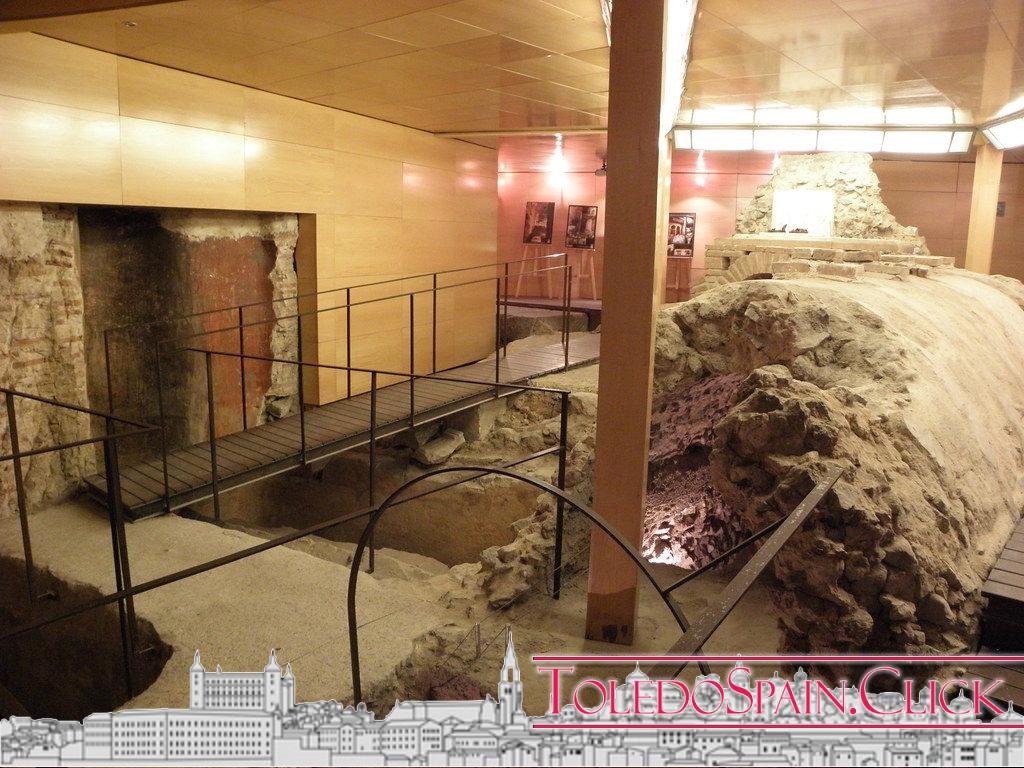
The galleries that can now be visited with Toledospain.click Guides on the “Toledo Mágico” route, in the evenings and afternoons, were built in the first and second centuries, forming part of a great “imperial” Roman spa, which functioned as a leisure and recreation centre for the Romans and received water that reached the cisterns located in what today is known as the “Cueva de Hércules” (Hercules Cave) from the aqueduct, now disappeared, which crossed the difference in level created by the River Tagus.
At a greater depth of where the public baths and the different outbuildings were located (at street level at the time), there were some long corridors with openings from which the thermal stays were heated burning firewood, which today can be visited and impressed if we imagine the conditions in which the slaves possibly worked in that area.
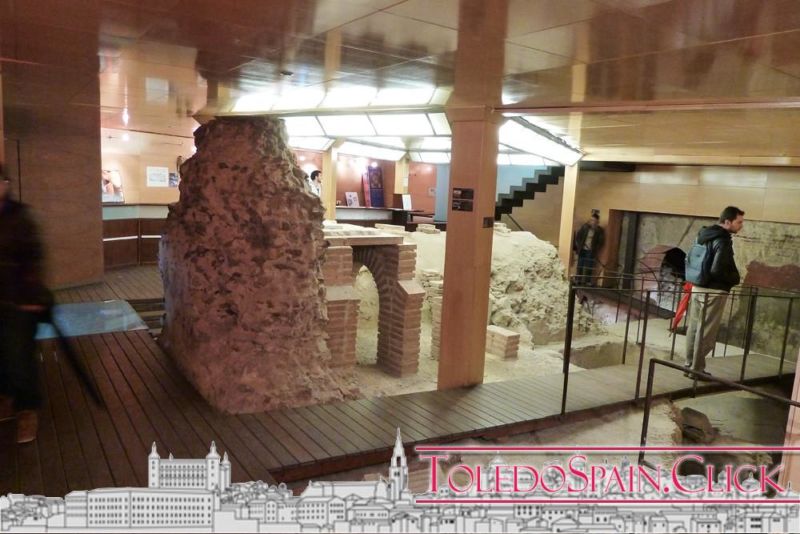
It is curious how the subsequent modifications and the gradual disappearance of these monumental thermal baths through the most modern buildings, passing through the Islamic and medieval part also excavated, have not modified the sensation of humidity that is still felt in this space that can now be visited.
The ephebus or satyr of Toledo
Excavations found a sculpture of an ephebus or a dancing satyr (probably from the 2nd century A.D.), an important sculpture in Greek marble, leaving a copy in situ and preserving the original in the Museum of Santa Cruz.
“Paco” (so called by archaeologists in honour of the worker who discovered the carving, according to the local press) now rests, after two thousand years, in the important collection of the Toledo museum.
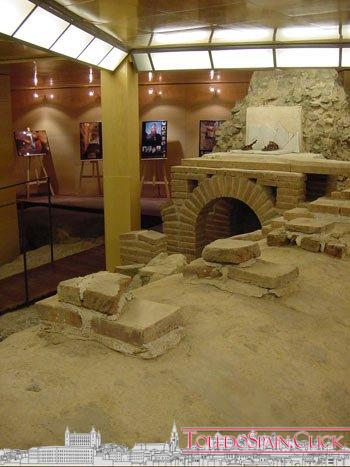
Of the statue found in these galleries there are only two similar, one in Rome and another in Athens, having been buried about 1400 years.
The sculpture was under the hypocaust, having fallen or being knocked down from its original niche at some point and making it easier to keep it in good condition, although the head and part of the extremities are missing. You can read more about the statue here.
A different visit to underground Toledo
Without a doubt, agreeing to meet the most archaic Toledo, of which at first sight there are few remains walking through the streets of the city, hand in hand with a good guide who reveals its secrets is an experience of the most satisfying currently in Toledo.
At night, when all the monuments have already closed, “Toledospain.click Guides” proposes in the route “Toledo Mágico” to descend to Thermae to discover the secrets that were buried under the foundations of the current constructions of Toledo.
If you want to make a reservation, from the 5th of April, thanks to an agreement with the owner, you will have access to Thermae night tour from the “Toledo Magic” route with ToledoSpain.info

